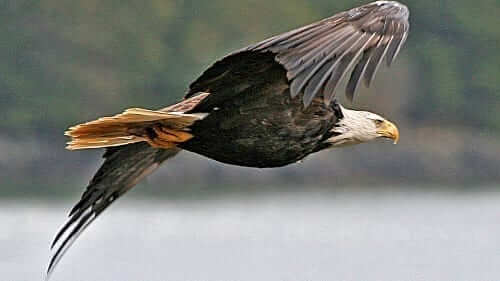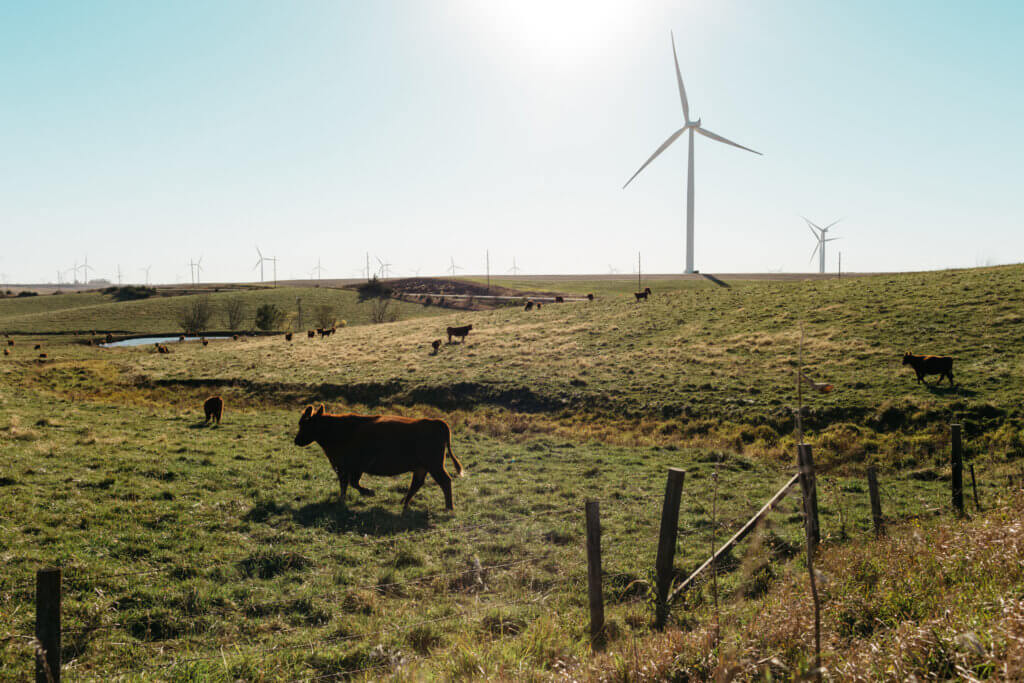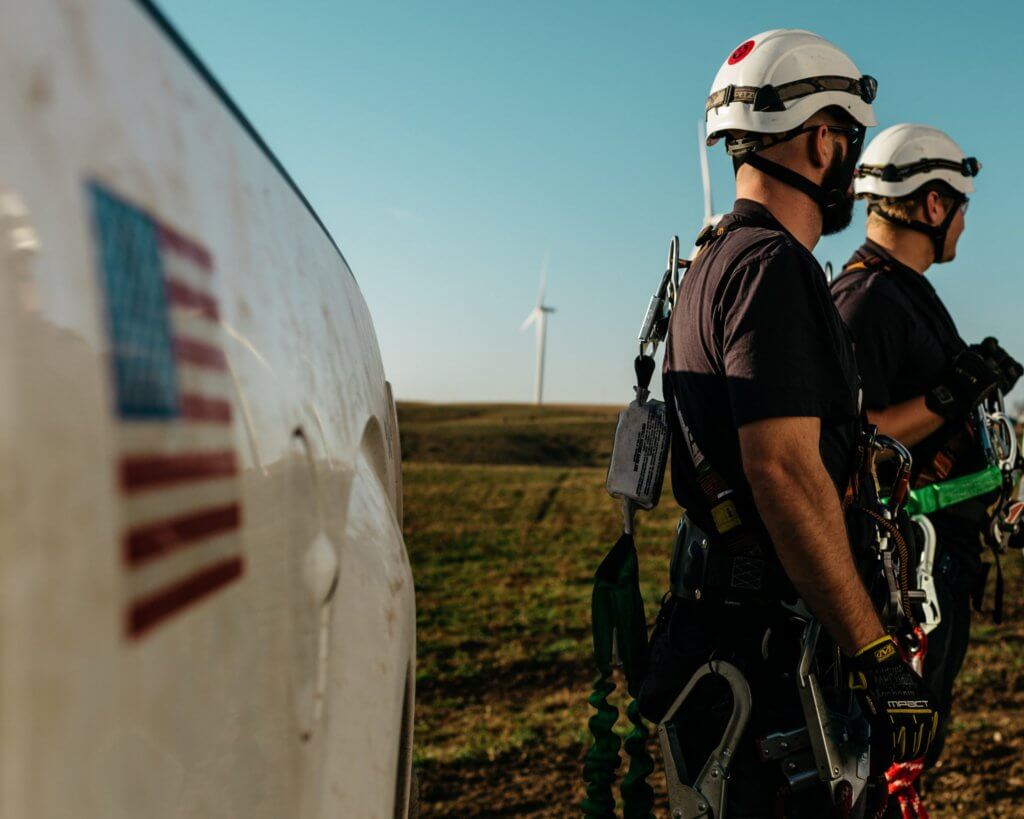Op-ed: Industry works to protect bald eagles
First published in the Loveland Reporter-Herald on June 26, 2014
To Americans, the bald eagle symbolizes our freedom, spirit, and democracy. June is the month in which we celebrate National Bald Eagle Day, and we are reminded of the need to do all that we can to protect our national bird across the country.
Many man-made threats to eagles exist in the landscape today, including power lines, mercury and lead poisoning, illegal shootings, etc. — with thousands being killed annually by these sources. Further, according to most in the scientific community the single greatest threat to them, and all wildlife, is climate change.
That's why ConservAmerica's president Rob Sisson said "developing energy from America's abundant renewable natural resources must be our priority, not only for the tremendous economic benefits it yields but because it's one of the best tools available to help conserve wildlife, including eagles."
All sources of energy generation, and human activity for that matter, have an impact on the natural environment. However, Americans are confronted with needing to make choices about how to generate the electricity necessary to power our modern society and doing so in the least impactful way. And while unfortunate, eagle losses at modern wind farms are a rare and random event, with only a few bald eagles having ever been observed to have died in collisions with a wind turbine.
Pollution-free, renewable wind energy was built on a legacy of care and has expended significant resources proactively minimizing its impact on wildlife while representing an economical solution to mitigating the effects of climate change.

American wind power is one of the cheapest and most reliable ways we can rapidly reduce carbon pollution and solve the challenges of climate change. The American wind fleet avoids 127 million tons of carbon emissions a year, the equivalent of taking 20 million cars off the road. As wind continues scaling up from over 5 percent today to 20 percent of the U.S. power grid and beyond, the pollution savings will rapidly grow.
The wind energy industry does more to address its impacts on eagles than any of the other, far greater sources of eagle mortality known to wildlife experts. Wind has taken the most proactive and leading role of any utility-scale energy source to minimize wildlife impacts in general, and specifically for eagles, through constantly improving siting and avoidance and minimization techniques, and identifying options to offset the industry's comparatively minimal impacts.
In recognizing that some human impact on eagles is unavoidable, over the last two years the U.S. Department of the Interior worked with major conservation groups, and other stakeholders, including the wind energy industry, to make available limited authorization, for up to 30 years, for the taking of eagles that is incidental to and not the purpose of otherwise lawful activities. The permit is available to all sources of human-caused eagle mortality including oil and gas development, electric utilities, and transportation, and was designed to conserve eagle populations by providing for a net conservation benefit for an eagle lost.
This month and during every National Bald Eagle day, remember, the American wind energy industry is doing its part to keep bald eagles safe while providing a clean, affordable means of generating electricity, which is one of the key tools to addressing the impacts of climate change.
John Anderson is the director of siting policy for the American Wind Energy Association.




